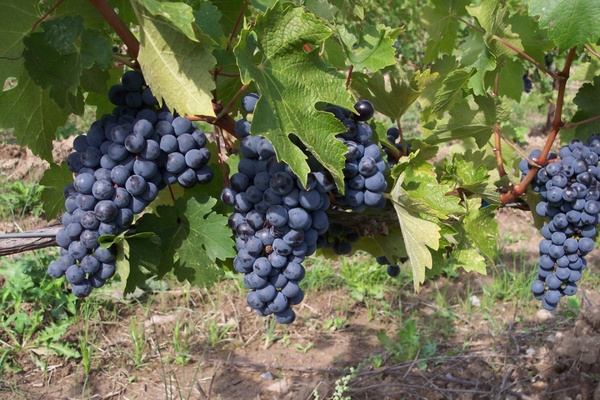I always love any reason to celebrate, but when it’s considered a “National Day” and includes wine, that’s even better. Today is National Zinfandel Day — a made-up worldwide celebration of the Zinfandel grape variety. The day celebrates and gives Zinfandel lovers around the globe a platform to express their passion for the grape and the wines made from it.
Numerous studies indicate the grape used for making California Zinfandel originated in Croatia, as it is genetically similar to an old varietal called Cljenak Kastelanski. Historians believe that in the 1820s a nursery owner brought Zinfandel cuttings that were Croatian in origin to the United States from an Austrian collection.
The Zinfandel name, however, is truly American, the earliest documented use of the name is when Boston nursery owner advertised “Zinfandel” for sale in 1832.
Zinfandel was introduced to California during the Gold Rush between 1848 and 1855. It was the top choice of the American alcoholic beverage consumer, even over whiskey. After the California Gold Rush, timber and wire were scarce. Production of Zinfandel grapes surged because they could easily be cultivated using traditional European “head pruning” techniques requiring a minimum of special equipment to grow. Zinfandel even found a niche in the homemade wine market, a legal loophole during Prohibition (1920-1933), while many other vines were being uprooted.
During Prohibition and the Great Depression, the U.S. wine industry weakened and most of the world had forgotten about this once popular grape. But in the 1960s vintners started handcrafting age-worthy wines blended to be “Bordeaux-like” wines. This was the change factoring in California’s path to high quality wines and Zinfandel was the distinguished grape among them.
In the 1970s a wave of blush wines started when California wineries began to draw free-run juice from Zinfandel grapes, fermenting it as “white” Zinfandel. This trend should be commended for the preservation of the old Zinfandel vines. Red table wines were decreasing in popularity and growers could have been forced to other varietals to keep up with consumer demand, leaving the old vines lost forever.
In 2006, then California state Sen. Carole Migden introduced a bill to designate Zinfandel as the official “historic wine of California.” The original reasoning behind appointing Zinfandel was to acknowledge its success in California, having been cultivated there since Gold Rush Days. Unfortunately, then-Gov. Arnold Schwarzenegger vetoed the measure.
Today, this grape continues to be celebrated not only for its historic influence on the American wine industry but its distinct style and flavor profile.
How will I be celebrating National Zinfandel Day? By sharing a bottle with friends and becoming a part of the global conversation. Connect with other Zinfandel lovers on social media with the hashtag #ZinDay.
THE VALUE
- 2015 Ridge Zinfandel, California (about $13 retail)
THE SPLURGE
- 2016 Artezin Old Vine Zinfandel, California (about $18 retail)
